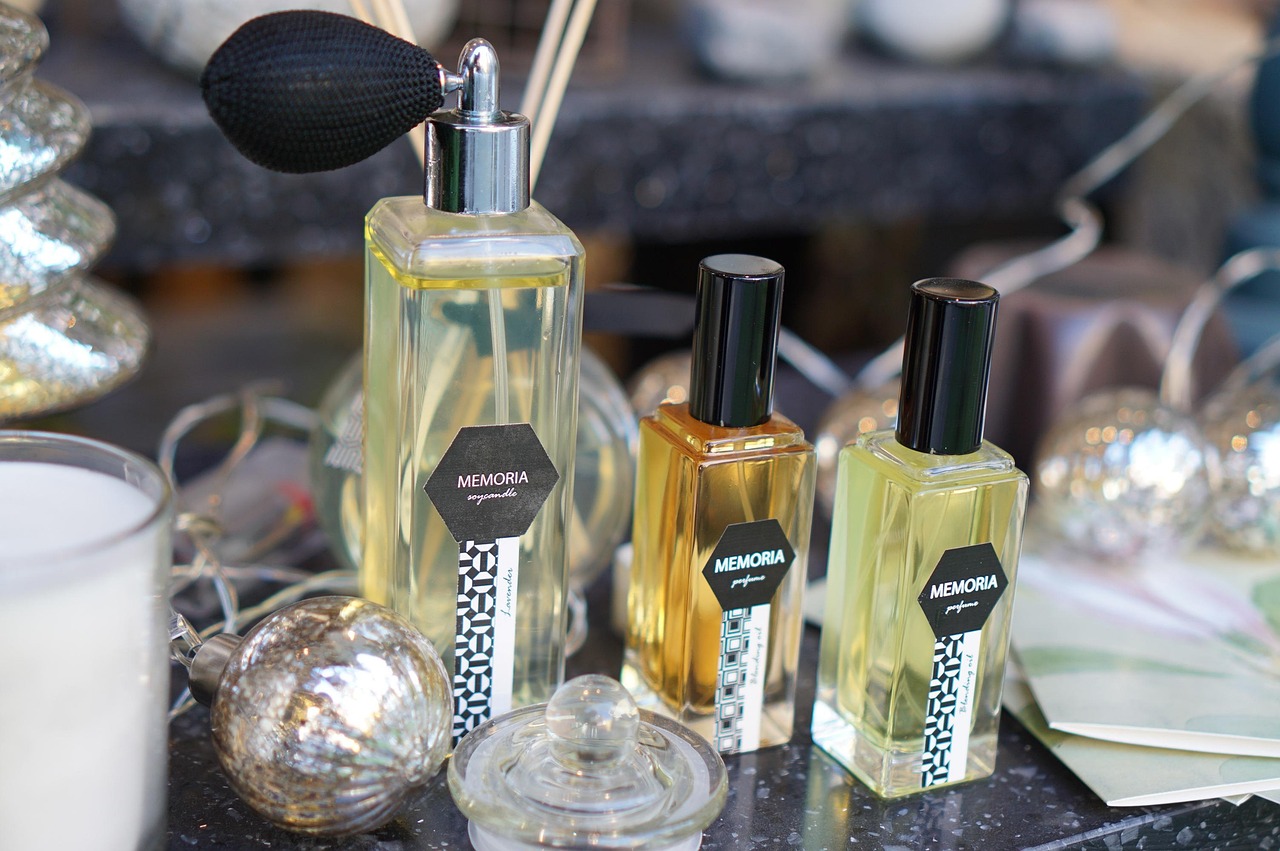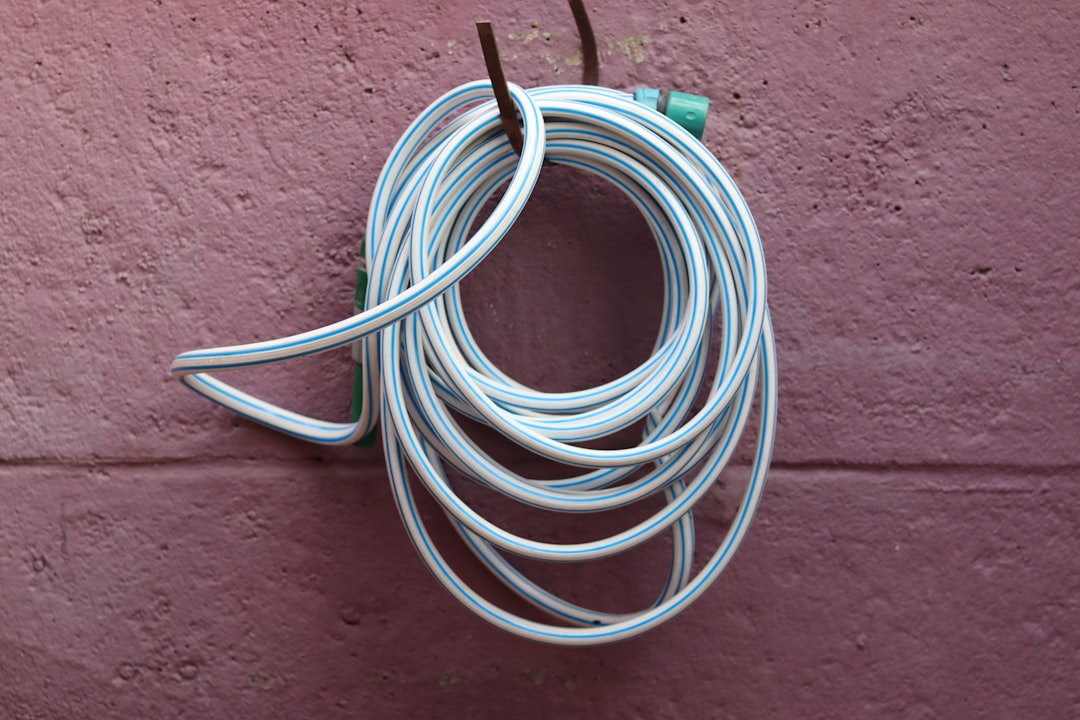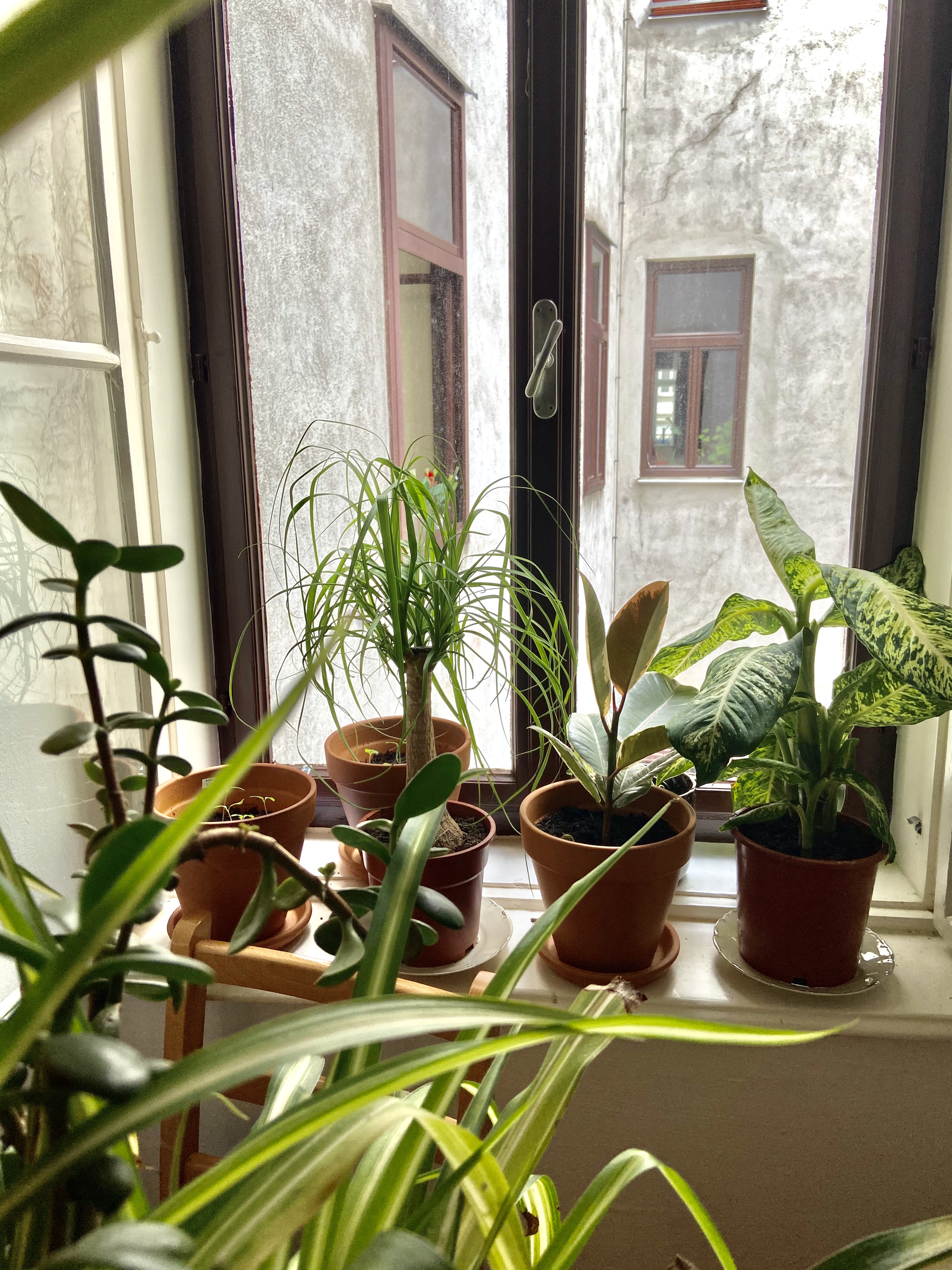Air Fresheners – The Toxic Breath of Your Home

Think that fresh lavender scent filling your living room is making your home healthier? You might want to reconsider. Even products advertised as “green,” “natural,” or “organic” emitted as many hazardous chemicals as standard ones. What most people don’t realize is that air fresheners don’t actually clean your air – they add a dangerous cocktail of chemicals to it.
Research shows the disturbing truth about these seemingly innocent products. Close to half (44%) generated at least 1 of 24 carcinogenic hazardous air pollutants, such as acetaldehyde, 1,4-dioxane, formaldehyde, or methylene chloride. Even more alarming, of the 133 VOCs detected, only ethanol was listed on any label – meaning you have no idea what you’re breathing in. Overall, 34.7 % of the population reported health problems, such as migraine headaches and respiratory difficulties, when exposed to fragranced products.
The health impacts range from immediate reactions to long-term consequences. These effects may include migraine headaches, asthma attacks, breathing and respiratory difficulties, dermatitis, and neurological problems particularly for sensitive individuals. Research also suggests potential links between long-term exposure to VOCs and some cancers and endocrine disruption. What’s particularly troubling is that these chemicals can react with naturally occurring ozone in your home to create even more toxic secondary pollutants.
Extension Cords – The Hidden Fire Starter in Every Room

Most people see extension cords as harmless solutions to reach distant outlets, but these everyday items are secretly one of the biggest fire hazards in American homes. Roughly 3,300 home fires originate in extension cords each year, killing 50 people and injuring 270 more. That’s nearly nine house fires every single day, and the vast majority could have been prevented.
The problem isn’t the cords themselves – it’s how people use them. The most frequent causes of such fires are short circuits, overloading, damage, and misuse of extension cords. When you plug that space heater, microwave, or hair dryer into a standard extension cord, you’re creating a recipe for disaster. This includes items like space heaters, hair dryers, air fryers, microwaves, refrigerators, and air conditioners, etc. These devices draw a significant amount of power, which can cause the extension cord to overheat and potentially catch fire.
What makes this even more dangerous is that people treat extension cords as permanent solutions rather than temporary fixes. Extension cords should only be used temporarily. Extension cords are designed to provide a temporary power source and should be unplugged when not in use. Running them under rugs, through walls, or leaving them plugged in constantly creates the perfect conditions for overheating and ignition.
Certain Household Plants – Beautiful But Deadly

Your Instagram-worthy plant collection might be more dangerous than you think. While plants can improve air quality, some popular varieties are secretly poisoning your home environment. Popular varieties like daffodil, iris and ivy are poisonous when consumed according to the National Capital Poison Center. These aren’t rare exotic species – they’re the ones sitting on kitchen counters and windowsills across America.
Some common houseplants like lilies, pothos, and dieffenbachia are toxic if ingested by pets or children. The danger multiplies if you have curious toddlers or pets who explore with their mouths. Even small amounts can cause severe reactions, from stomach upset to more serious poisoning symptoms. What’s particularly troubling is that many of these plants look harmless and attractive, making them natural targets for children’s curiosity.
The toxic effects aren’t limited to accidental ingestion. Some plants release irritating compounds into the air or can cause skin reactions through simple contact. Many homeowners unknowingly create dangerous situations by placing these plants in easily accessible locations without considering the risks to family members or pets.
Your home should be your sanctuary, not a place filled with hidden hazards. These three common items might seem innocent, but they’re quietly putting your family at risk every day. Sometimes the most dangerous things are the ones hiding in plain sight.




